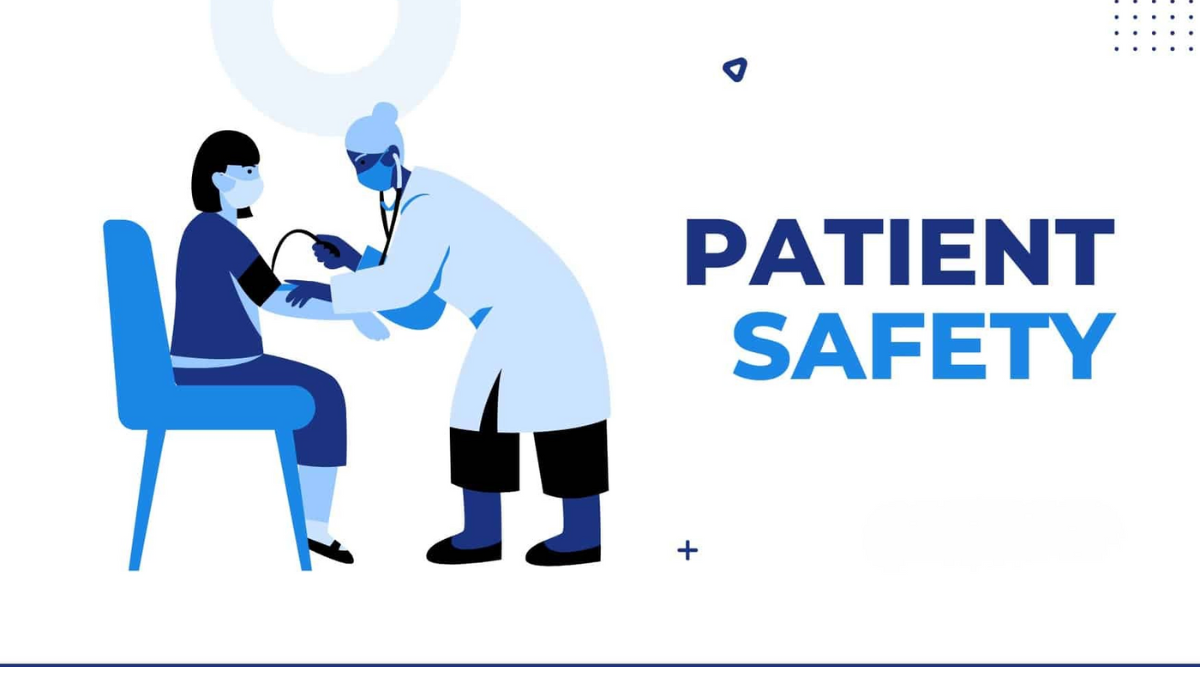Patient safety is one of the most critical aspects of hospital care. Hospitals are meant to heal, but without proper safety measures, patients can face infections, medication errors, or accidents. Ensuring patient safety not only protects patients but also enhances hospital credibility and overall healthcare quality. Modern hospitals follow strict protocols and use advanced technology to reduce risks and ensure safe treatment for every patient.
Key Areas of Patient Safety
1. Infection Control
- Use of sterilized instruments.
- Proper hand hygiene by staff.
- Isolation of infectious patients.
2. Medication Safety
- Accurate prescription and dosage.
- Avoiding drug interactions.
- Proper labeling and storage of medicines.
3. Surgical Safety
- Checklist before and after surgery.
- Use of safe anesthesia practices.
- Monitoring patients during recovery.
4. Patient Identification
- Correct patient wristbands and digital records.
- Double-checking before procedures.
5. Fall Prevention
- Properly designed hospital rooms.
- Non-slip floors and handrails.
- Patient supervision for high-risk individuals.
6. Safe Equipment Usage
- Regular maintenance of hospital machines.
- Proper staff training on equipment.
- Use of alarms and monitoring systems for patients.
Importance of Safety Protocols
- Reduces Medical Errors: Proper checks prevent mistakes.
- Enhances Patient Confidence: Safe practices build trust in hospitals.
- Prevents Complications: Reduces hospital-acquired infections and injuries.
- Legal Compliance: Hospitals meet national and international safety standards.
- Better Health Outcomes: Patients recover faster in a safe environment.
Role of Hospital Staff in Patient Safety
- Doctors: Accurate diagnosis, safe treatment, and monitoring.
- Nurses: Administering medication, patient observation, and emergency response.
- Support Staff: Ensuring cleanliness, proper waste disposal, and safe equipment usage.
- Administrators: Implementing hospital safety policies and protocols.
Technology and Patient Safety
- Electronic Health Records (EHRs): Reduces errors in prescriptions.
- Smart Monitoring Systems: Track vitals and alert staff to abnormalities.
- Automated Medication Dispensers: Ensure correct dosage and timing.
- Robotics and AI: Assist in surgery and precision treatments.
- Telemedicine: Allows monitoring of patients remotely to prevent complications.
Challenges in Maintaining Patient Safety
- Overcrowding in hospitals.
- Shortage of trained staff.
- Human error in diagnosis or medication.
- Outdated equipment in some hospitals.
- Patient non-compliance with safety instructions.
Future of Patient Safety in Hospitals
- AI-Powered Monitoring: Predicting complications before they occur.
- Wearable Devices: Continuous tracking of patient health.
- Smart Hospital Rooms: Automated alerts and patient-centered designs.
- Robotic Assistance: Reducing human error in surgeries and procedures.
- Global Safety Standards: Hospitals adopting international patient safety protocols.
FAQs on Patient Safety in Hospitals
1. What is patient safety in hospitals?
It refers to practices and protocols that prevent harm to patients during hospital care.
2. Why is patient safety important?
It reduces medical errors, infections, and complications while ensuring trust and better outcomes.
3. How do hospitals prevent infections?
Through sterilization, hand hygiene, isolation of patients, and proper waste disposal.
4. What is medication safety?
Ensuring correct prescription, dosage, administration, and storage of drugs.
5. How do hospitals prevent falls?
By designing safe rooms, using handrails, and monitoring high-risk patients.
6. How does technology improve patient safety?
Through EHRs, smart monitoring, AI-assisted surgery, and automated medication systems.
7. Who is responsible for patient safety?
Doctors, nurses, support staff, and hospital administrators all play a role.
8. Can patient safety errors be avoided completely?
While human errors can occur, strict protocols and technology significantly reduce risks.
9. How does patient safety affect hospital reputation?
Hospitals known for safe practices attract more patients and build trust.
10. What is the future of patient safety?
AI monitoring, wearable health devices, smart hospital rooms, and robotics will enhance patient safety.

